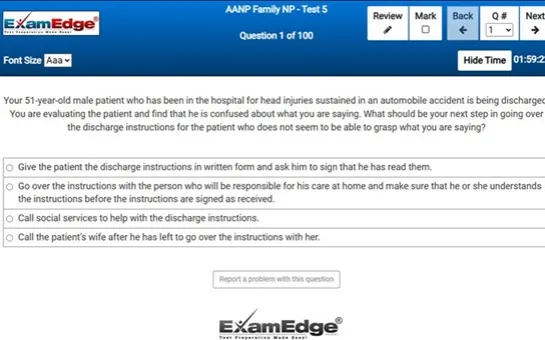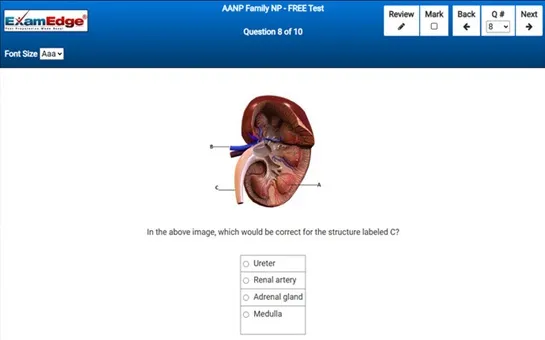NCC WHNP (WHNP) Practice Tests & Test Prep by Exam Edge - Topics
** Sample images, content may not apply to your exam **
Understanding what is on the NCC WHNP exam is crucial step in preparing for the exam. You will need to have an understanding of the testing domain (topics covered) to be sure you are studying the correct information.
- Directs your study efforts toward the most relevant areas.
- Ensures efficient and adequate preparation.
- Helps identify strengths and weaknesses.
- Allows for a focused approach to address gaps in understanding.
- Aligns your preparation with the exam's expectations.
- Increases the likelihood of success.
- Keeps you informed about your field's current demands and standards.
Not ready to purchase our complete practice tests yet? Start with a NCC Women's Health Care Practitioner FREE Practice Test first!
Understanding the exact breakdown of the NCC Women's Health Care Practitioner test will help you know what to expect and how to most effectively prepare. The NCC Women's Health Care Practitioner has multiple-choice questions The exam will be broken down into the sections below:
| NCC Women's Health Care Practitioner Exam Blueprint | ||
|---|---|---|
| Domain Name | % | Number of Questions |
| Physical Assessment and Diagnostic Evaluation | 10%-15% | 10 |
| Primary Care | 5%-7% | 5 |
| Gynecology | 35%-40% | 36 |
| Obstetrics | 30%-50% | 31 |
| Pharmacology | 15%-20% | 16 |
| Professional Issues | 1%-2% | 1 |
NCC Women's Health Care Practitioner - Exam Topics Sample Questions
|
|






